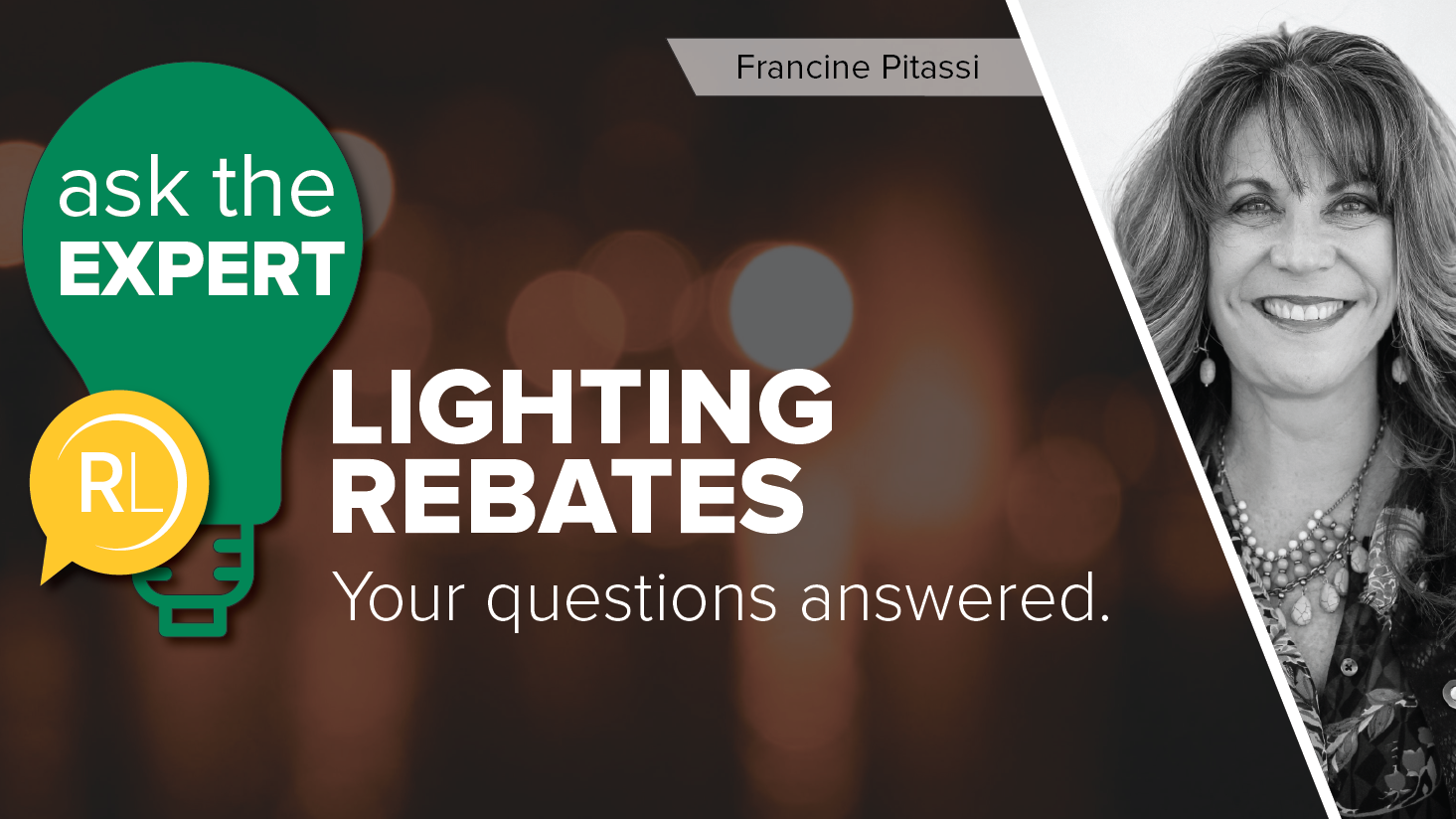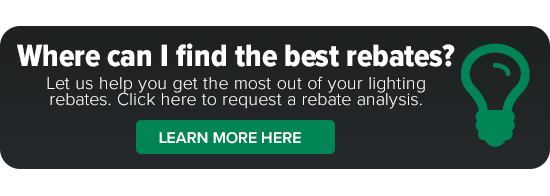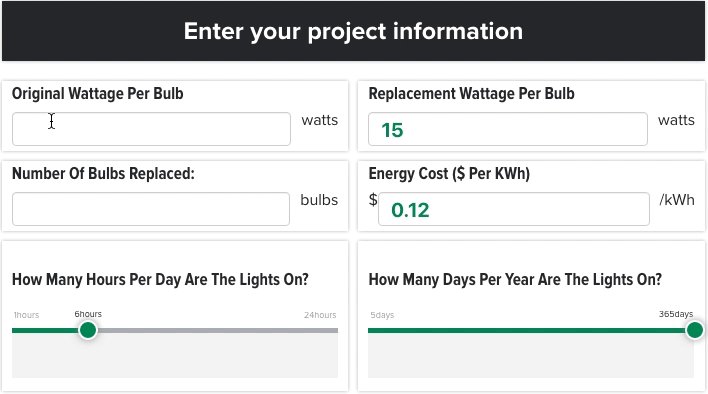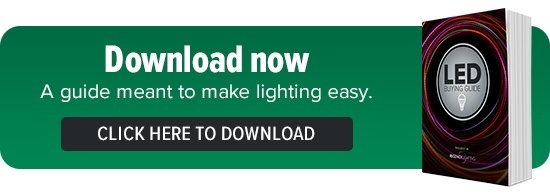Answering your questions on lighting rebates [Ask the expert series]
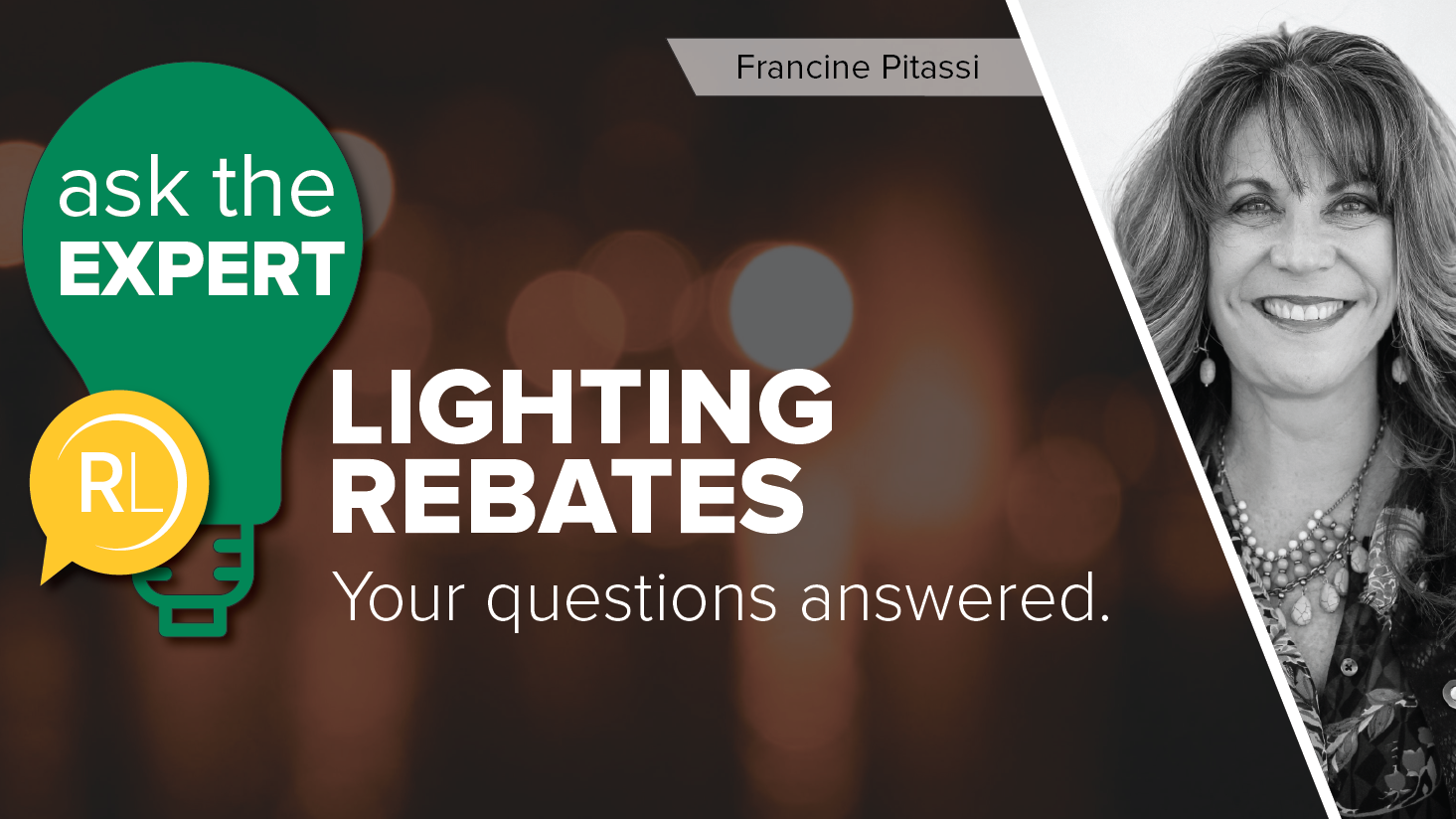
Francine Pitassi, one of Regency's Lighting Specialists, works with customers every day to find cost and energy saving lighting options for their applications. One topic she finds herself addressing often is that of lighting rebates. In this article, Francine helps answer some of the most common questions we receive centered around lighting rebates.

There are three main types of lighting rebates – POS (point of sale), prescriptive lighting rebates, and custom lighting rebates.
A point of sale, or POS, rebate is often set around specific product types. It can also be called an instant or midstream lighting rebate. This kind of rebate is issued when the corresponding materials are purchased. This is the easiest type of rebate for customers to take advantage of, and there's no waiting for a reimbursement check.
Prescriptive lighting rebate programs are not designed to be claimed instantly – the incentives are paid out based on the parameters correlating to the item sold. This is a straightforward type of rebate, but you still have to wait for a check from the organization issuing the rebate.
Custom lighting rebate programs offer incentives for projects that do not meet the requirements of the existing instant or prescriptive rebate programs. These rebate programs may also offer more lucrative incentives on the same applications, but there are typically a lot of variables and complexities to sort through to get to those larger incentives.
To learn more about the pros and cons of each of these types of rebates, check out this article.

Even though the lighting rebate world can be a bit complex, there are still some similarities strung through the common rebate programs.
Here are the general requirements that are needed to apply for lighting rebates:
- Lamps usually have to be ENERGY STAR certified to qualify.
Why should you chose an ENERGY STAR certified product? Learn more here.
- Fixtures usually have to be DLC Listed to qualify.
Learn more about what it means for a product to be DLC listed here
- A utility company rebate program manager will probably be involved in some stage of your project, and inspection is usually required for performance-based programs.
- Pre-approval is almost always required for participation in lighting rebate and incentive programs that are prescriptive or custom, and it typically takes four to six weeks to complete the pre-approval process.

When it comes to lighting rebates, our friends at BriteSwitch put together some helpful notes to keep in mind:
1. Wait for the green light
Make sure you've successfully completed the pre-approval process before moving forward. If you jump the gun and purchase lighting without approval, that can often result in missing out on money.
2. Not all products are the same
Only certain products qualify for certain rebate programs so be sure to pay attention to all of the specifics.
3. One size does not fit all
Not all rebate programs will work for your application, so make sure to do your research to choose the one that will get you the most money.
4. It can be hard work
Plan to practice your patience during the rebate process. It can take 5-6 months to complete the rebate process.
5. They can add up to big money
Rebates and incentives help reduce the upfront cost of an upgrade project by improving payback by 20-25%.
For more information on rebate points you need to know, read this article.

Perhaps the easiest way to calculate energy savings for your project is to use our energy savings calculator. We created this calculator with you in mind. We understand that lighting conversion math isn't always simple, but hopefully this calculator can be a stepping stone for you.
Before using our calculator, you'll need to gather the following pieces of information:
- Original wattage per bulb
- Replacement wattage per bulb
- Number of bulbs replaced
- Cost of energy
- Daily "on" hours
- Annual "on" days
- Initial cost of upgrade
Once you have that information, keep it handy and use this energy savings calculator.
Which areas have the best lighting rebates? Click here to find out.

Kilowatts (kW) is a measure of how much energy something will consume. Going from watts (W) to kilowatts (kW) is a pretty straightforward calculation: 1kW is equal to 1,000W.
Kilowatt-hours (kWh) is a way to quantify how much energy is used over a period of time. This can be calculated by multiplying the kW of energy consumption by the total number of hours the lighting operates.
When we talk about kW and kWh in terms of a lighting retrofit, comparing kW numbers will help you figure out the percent of energy savings a new lighting product will give you, but kWh will help you figure out dollar savings on your electricity bill from a retrofit.
As you consider lighting rebates, pay close attention to whether they pay based on the product selected, the kW reduced, or the total kWh reduced. These nuances will make a big different in the savings estimate and can make or break getting a pay out from the program.
To learn more about kW vs. kWh when it comes to calculating your lighting savings, check out this article.
If you're interested in combining a lighting rebate to purchase LED lighting, this LED Buying Guide will cover everything you need to know. Click here to download the guide.
